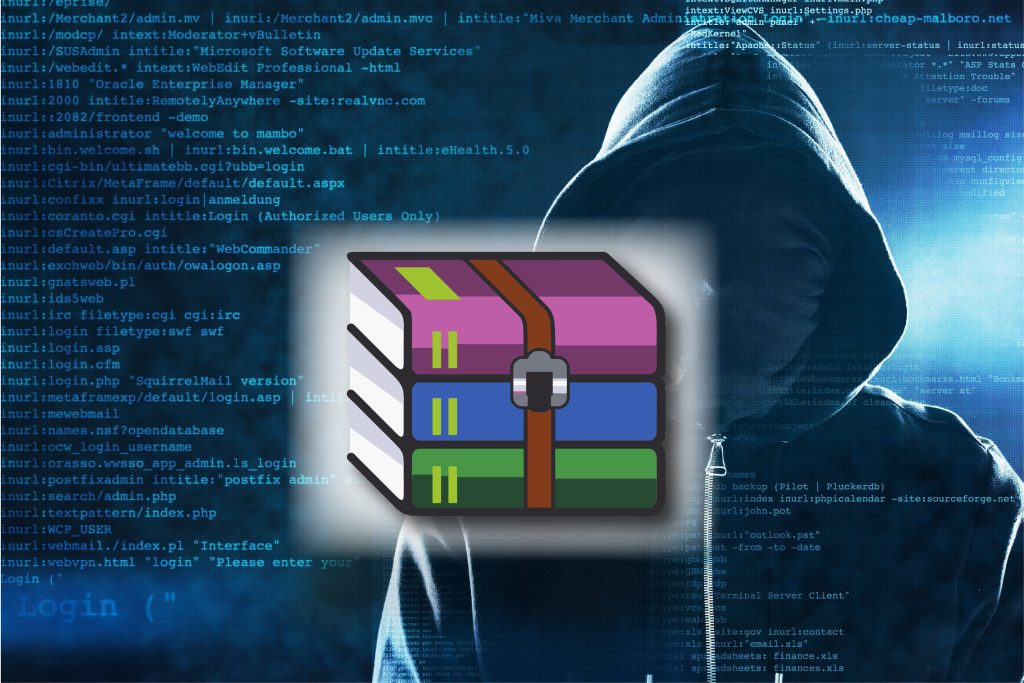Cloud computing has revolutionized the way businesses approach digital transformation by providing scalable, high-performance, and secure solutions. Organizations across industries are increasingly migrating to cloud environments to modernize their operations, enhance efficiency, and remain competitive in a rapidly evolving digital landscape. The shift to the cloud allows businesses to eliminate the constraints of traditional on-premises infrastructure, enabling them to adapt to changing demands while reducing costs. By leveraging advanced cloud technologies, companies can optimize workloads, streamline operations, and achieve greater agility in responding to market trends and customer expectations. One of the most significant advantages of cloud-based digital transformation is the ability to enhance operational efficiency through automation and intelligent resource management. Cloud platforms provide tools and services that automate repetitive tasks, optimize computing resources, and ensure seamless integration across various applications. With automated processes, businesses can minimize human intervention, reduce errors, and accelerate productivity.

This level of efficiency enables organizations to focus on innovation and strategic growth rather than spending valuable time managing infrastructure and IT-related challenges. High-performance computing is a critical aspect of cloud adoption, allowing businesses to process large volumes of data and execute complex workloads with minimal latency. Advanced cloud technologies offer powerful computing capabilities that can handle data-intensive applications, artificial intelligence, and machine learning workloads effortlessly. The elasticity of cloud resources ensures that businesses can scale up or down based on demand, ensuring optimal performance during peak usage periods. By utilizing cloud-based high-performance computing, organizations can drive faster insights, improve decision-making, and enhance overall business outcomes. Security remains a top priority in any digital transformation journey, and cloud environments offer robust security frameworks to protect sensitive data and applications and click to read more info. With built-in security measures such as encryption, access controls, and threat detection, businesses can mitigate risks and ensure compliance with industry regulations. Additionally, continuous monitoring and automated security updates help safeguard cloud environments from emerging cyber threats.
Reliability is another crucial factor driving cloud adoption, as businesses require seamless access to applications and data without disruptions. Cloud platforms ensure high availability through redundant infrastructure, load balancing, and failover mechanisms that prevent downtime. With geographically distributed data centers, businesses can maintain business continuity even in the face of unexpected disruptions such as hardware failures or natural disasters. This level of reliability ensures that critical operations remain uninterrupted, enabling organizations to deliver consistent services and experiences to their customers. As businesses continue to embrace digital transformation, cloud technologies serve as a foundation for innovation and future growth. From enhancing efficiency and performance to improving security and reliability, cloud adoption empowers organizations to scale, adapt, and remain competitive in a dynamic market. By leveraging cloud capabilities, businesses can accelerate digital initiatives, optimize resources, and unlock new opportunities for success in the digital era. As cloud computing evolves, it will continue to drive transformative change, enabling businesses to achieve their strategic objectives while meeting the demands of an increasingly digital world.




